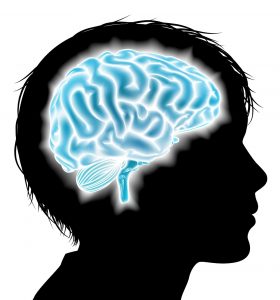Children who are admitted to the hospital with decreased level of consciousness after a traumatic brain injury (TBI) require urgent medical attention. Treatment will depend on the type and severity of injury. Unfortunately, history and physical findings are often unreliable in the first hours of hospitalization, which is the critical time period in which urgent management decisions must be made.
We have developed a promising tool for measuring detectable evidence of TBI on routine brain scans. The tool combines features invisible to the human eye but detectable by computer software with expert knowledge. We want to evaluate how well our tool can perform in a real health care setting. We believe it will greatly improve the efficacy and quality of care provided to children after TBI.
Lab members involved in the study: Anna Colucci, Geraldine Goco, Helena Frndova, Matthew Van Huyse, Kyla McDonald

